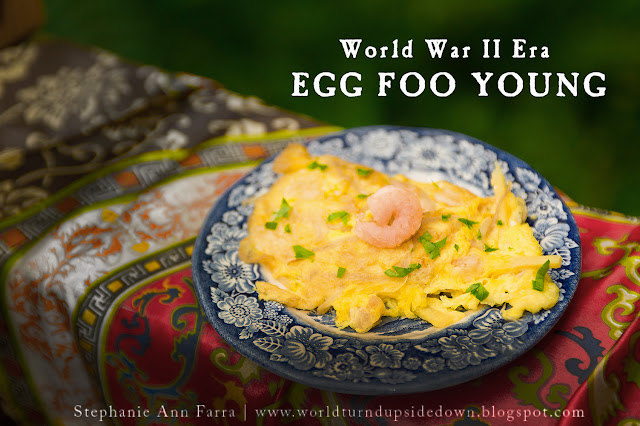Quick! There's an event this weekend! Choose your grapes:
 |
| Image from Lodi Wines |
Oh no! You picked the wrong ones!
What do you mean? They're grapes! They all look the same!
Not quite.
Grapes are categorized by shapes of the clusters, berry shape, berry color, and class (grade).
Most grape varieties fall into the conical or cylindrical categories.
They can also be shouldered (more bulk at the top of the cluster), or winged (double clustered).
 |
| Image from the University of California |
 |
| Image from Lodi Wines |
See the differences now?
The good news is that you can see the differences. The bad news is that you can never unsee it. Your eye is now "trained".
In reenacting you often hear about "training your eye" or finding someone with a "trained eye". Most reenactors have an eye that is trained more than the general population. The general population can see that something looks “old timey” but often has trouble placing what they are seeing on a timeline. Reenactors are more tuned into hairstyles, silhouettes, and fashion trends of the past. But the more you study it, the more you know and the more you can’t unsee.
For new reenactors, and seasoned reenactors getting more in the weeds, this can be a frustrating experience. "Can't someone just tell me the right thing?" "But Sutler 1 told me that this was correct and now you're telling me this is wrong." Many get frustrated at what feels like all around general negativity. Everything they do is "wrong". Their excitement wanes and they move on to other hobbies.
Criticism Has No Limitations, Reality Does
If you've ever experienced watching a historical film with a history nerd, I mean, enthusiast, you're probably familiar with this script. "Those helmets are wrong." "They didn't have that type of tank until 1944." "These hairstyles are 60 years out of date for that time period!" Typically, this is done in good fun. People watch and enjoy the movie. But some people take this seriously without really considering what they are looking at.
A historical film is a huge undertaking. Here is only a fraction of what needs to be taken into consideration during a movie’’s production:
Is the script reasonably historically accurate while also being entertaining and understandable to a modern audience?
What is the budget for:
Costuming
Hair and Makeup
Props
Actors
Extras
Animals and trainers
Special Effects
Then there are supply issues, time constraints, weather issues, scheduling conflicts, location rentals, travel expenses etc.
It isn’t as simple as “someone on that crew should have asked an expert like me!” Reenactings are the same. Criticism has no limitations but reality does. I always say that reenactments are public theater: You get who comes out with the resources they have.
The Forest for the Trees
How can people trust us if our clothing is wrong? Would you believe that many things are wrong at reenactments but because there aren’t as many experts out there as clothing experts. As a foodie, I’ve seen wrong food at every reenactment I’ve ever been to. But it didn’t bother me because in 99% of instances it’s a distinction that only matters to me and I would rather people eat and show cooking techniques that are foreign to the younger generations than to harp on if the apples are the most appropriate for the time period and location (within reason, of course).
So many things in reenacting are a distinction without a difference to 99% of the spectators who come to visit. Many of them do not even know what event is being depicted let alone if the pants should really be Pantone 14-0952 TCX or Pantone 17-0839 TCX. It is our job to pop our heads out of the forest and help draw people in. They are where you are when you first started. Help give them the bird’s eye view before bogging people down with details and hurt feelings.
Please give people grace, keep educating, and help create a stronger community. How can we help people know better and do better? I’ll write a post about that soon and link it here.
————————
Note: The grape thought experiment is entirely fictional. There is not one correct grape that is appropriate for any time or place. I mean it. Stop researching.






















































